Searching for a protein-packed, fibre-rich, and nutrient-dense addition to your winter diet? Look no further than our range of dried and BPA-free canned organic beans, lentils, peas, and legumes!
Winter is a lovely time to include organic plant-based proteins into the diet. Organic lentils and beans are nourishing, warm and versatile, and suit many dishes when the days are a little milder and nights are cool. Lentils and beans can also be added to soups, casseroles, slow cooked dishes, even baking!
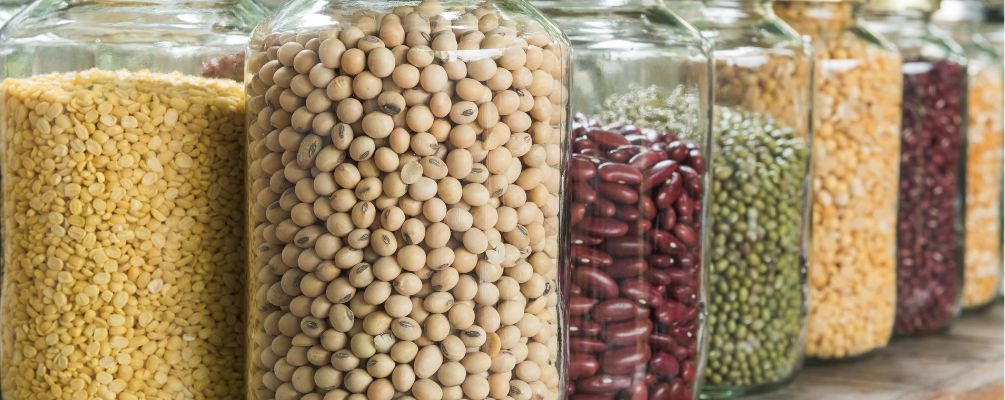
VERSATILE & EASY TO PREPARE
These versatile superfoods are an excellent source of organic plant-based protein, essential for muscle repair and growth. Packed with dietary fibre, organic beans are known to aid digestion and promote satiety, while the complex carbohydrates in them provide sustained energy without unwanted blood sugar spikes. If you’ve never cooked with beans and pulses before, check out our comprehensive guide, Beans 101.
Whether you're vegan, vegetarian, or just aiming to reduce your meat consumption, these delicious and nutritious plant-based protein powerhouses are a perfect choice for meals and are easy on the budget too!
WHAT ARE LEGUMES?
Legumes are plants from any bean, pea, or lentil. They are among the most nutritious plant foods; high in protein, B-complex vitamins, iron, potassium, and other minerals. Check out our complete range here.
HOW TO PREPARE LEGUMES?

In a large bowl or pot, cover your legumes with room-temperature water. Cover and leave on the bench for 6 to 8 hours or overnight. If you are low on time and just need to soften your legumes for cooking, try this quick soak method. Bring a pot of water to the boil, add your legumes (so they are just covered), and return to boil for 2-3 minutes. Cover and set aside at room temperature for 1 hour.
Cooking legumes
After soaking, rinse your legumes thoroughly. Return to their pot and cover with three times their volume of water. Bring to the boil, reduce heat and simmer gently stirring occasionally until tender. Cooking time depends on the bean but around 45 minutes is usual. Add more water if necessary so the beans are always covered.
Types of legumes
For a list of the various kinds of Organic Beans & Lentils, Organic dry beans & peas, and organic legumes which we sell and their common culinary uses, check out our range.
STORING YOUR PULSES
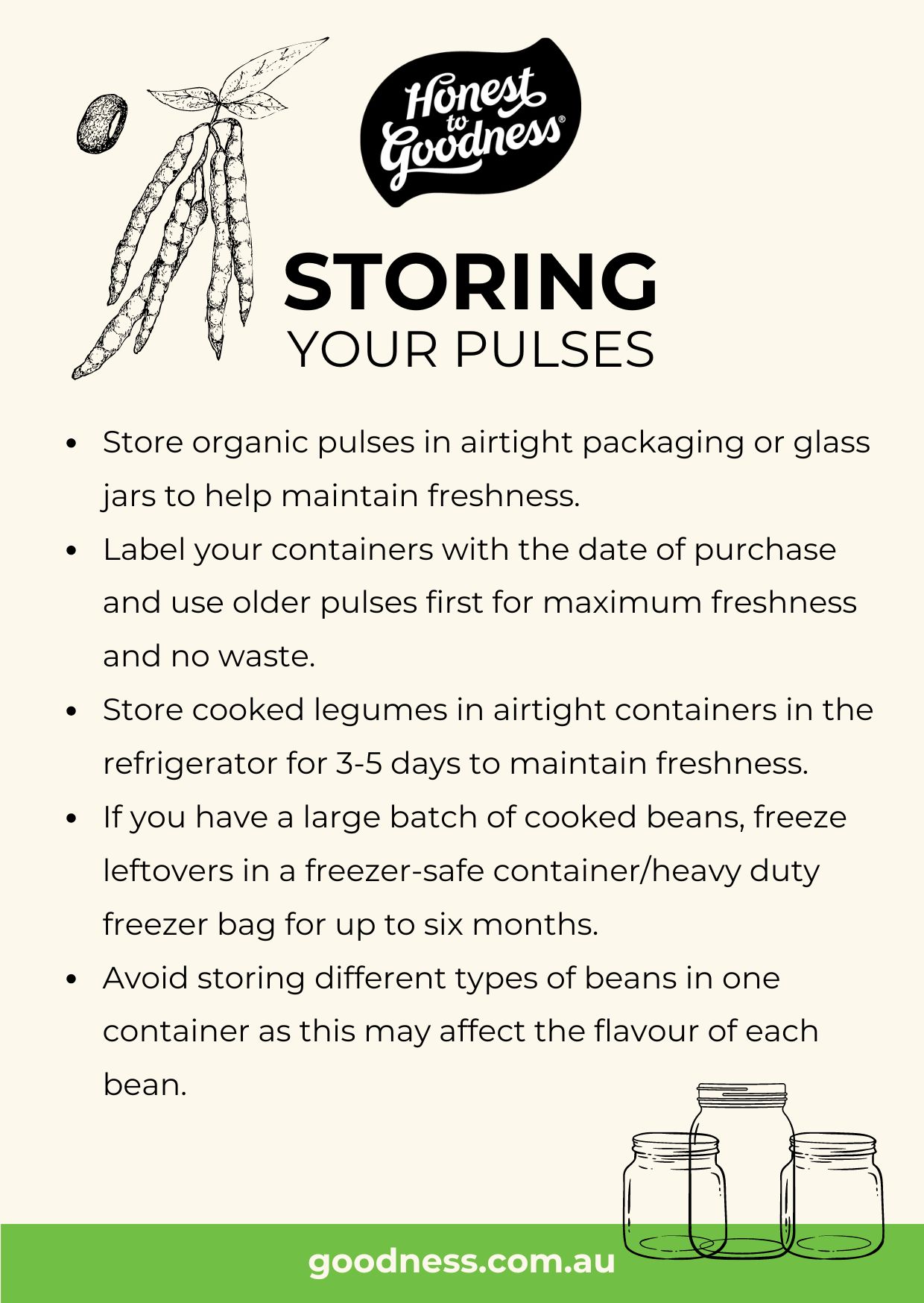
RECIPE INSPO
Make the most of these organic plant-based protein powerhouses by creating visually appealing gourmet dishes.
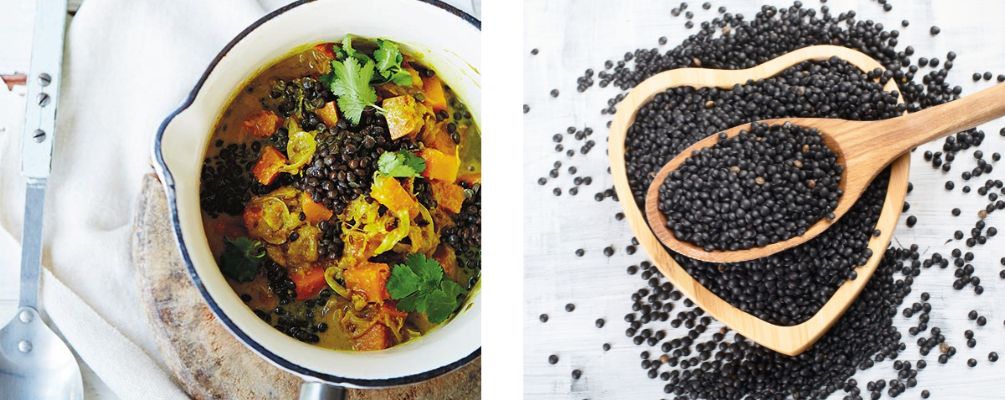
Black Beluga Lentil Stew
Quick to make, this delicious lentil stew is best served with brown rice or quinoa.
Lentil Moussaka
This vegetarian moussaka, with organic diced tomatoes, is both nourishing and comforting and perfect for a cold winter’s night!
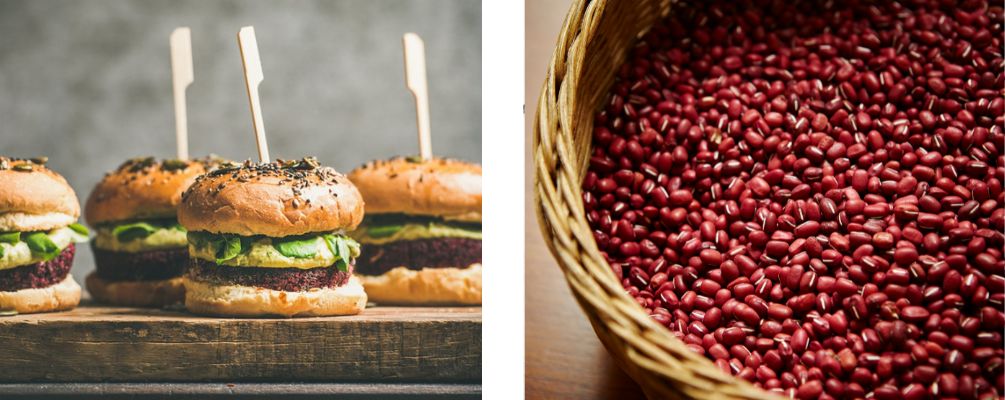
BBQ Mushroom & Adzuki Bean Burger
Try these smokey, hearty plant-based burgers with sweet potato, mushrooms, quinoa, and adzuki beans.
Black Bean Chilli
This versatile chilli is simple, clean, and packed full of fresh in-season vegetables and ready to eat black beans.
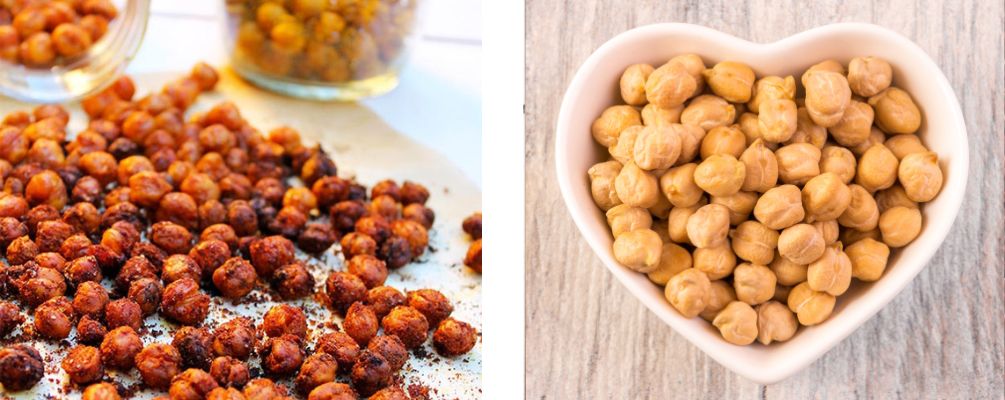
Roasted Chickpeas
When it comes to organic plant-based protein, you simply can't go past chickpeas. Roasted & seasoned chickpeas make for the perfect protein rich snack, and they're great for entertaining.
Moroccan Chickpea & Hummus Sourdough
Toasted sourdough bread with a smearing of homemade hummus, and topped with delightfully spiced chickpeas – delish!
NEED MORE INSPO?
Explore more recipes using our favourite organic lentils, beans, and peas.
Slow Roasted Lamb Shoulder with French Green Lentils
Black Bean Chocolate Chilli Cranberry Cookies
> LEARN 7 WAYS WITH CHICKPEAS HERE


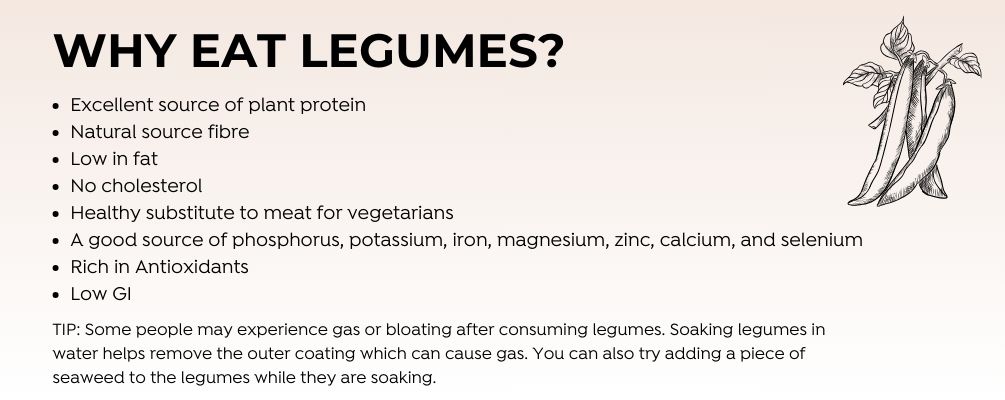
![Introducing Sunraysia [Supplier Spotlight] Introducing Sunraysia [Supplier Spotlight]](https://cdn11.bigcommerce.com/s-dis4vxtxtc/images/stencil/160w/uploaded_images/sunrayasia-thumb1.jpg)
![Introducing Little Harvesters [Supplier Spotlight] Introducing Little Harvesters [Supplier Spotlight]](https://cdn11.bigcommerce.com/s-dis4vxtxtc/images/stencil/160w/uploaded_images/lh-blog-thumbnail.jpg)
![Introducing The LittleOak [Supplier Spotlight] Introducing The LittleOak [Supplier Spotlight]](https://cdn11.bigcommerce.com/s-dis4vxtxtc/images/stencil/160w/uploaded_images/little-oak-blog-thumbnail.jpg)
![Introducing Chief [Supplier Spotlight] Introducing Chief [Supplier Spotlight]](https://cdn11.bigcommerce.com/s-dis4vxtxtc/images/stencil/160w/uploaded_images/chief-thumb.jpg)
![Introducing SunButter [Supplier Spotlight] Introducing SunButter [Supplier Spotlight]](https://cdn11.bigcommerce.com/s-dis4vxtxtc/images/stencil/160w/uploaded_images/sunbutter-blog-thumbnail.jpg)